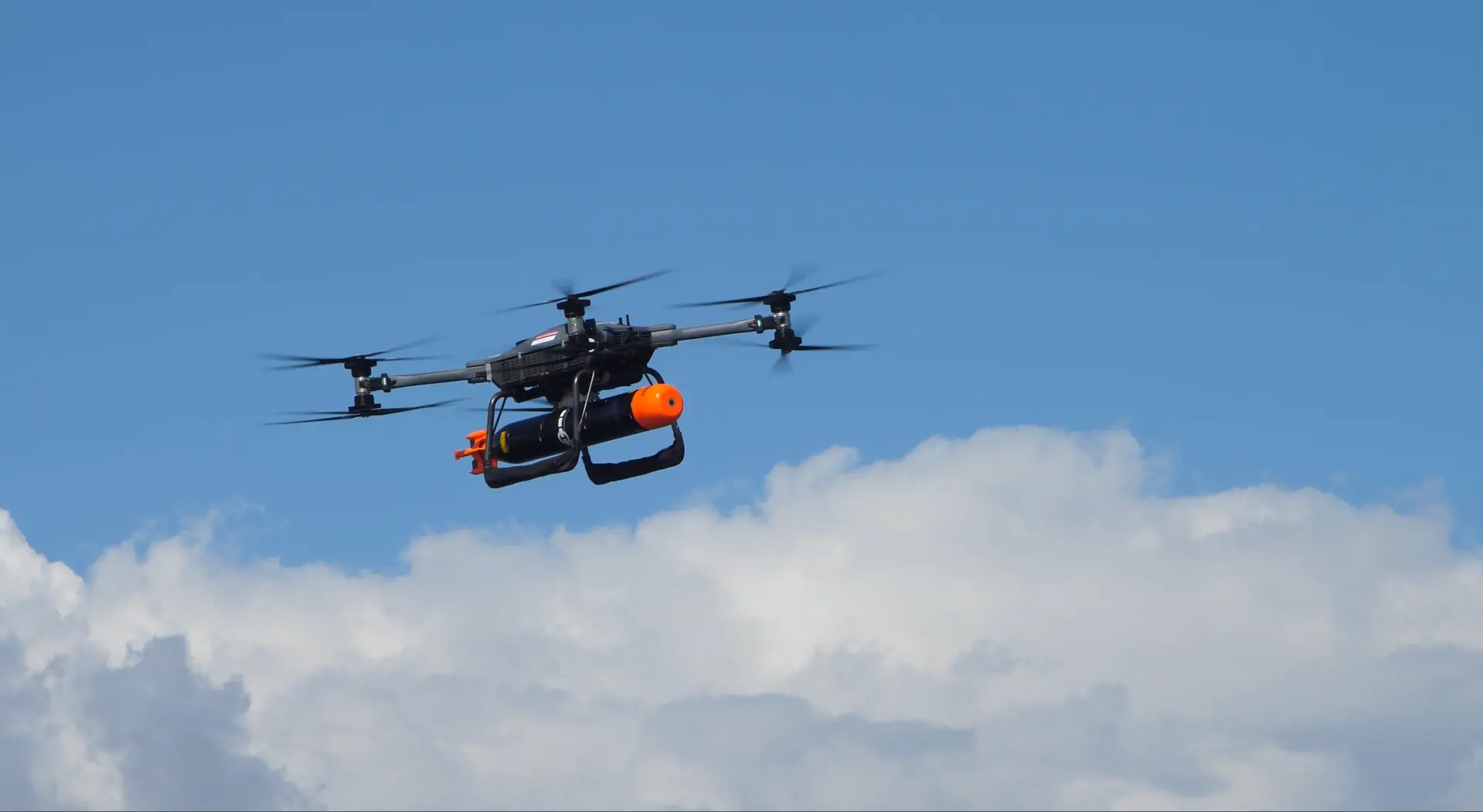Innovations are by-products of conflict, whether on the battleground or protest grounds. The Russian forces have borne the brunt of Ukraine’s pioneering drone tactics, like weaponizing civilian drones.
Should the Russian forces add kite-flying skills to their repertoire to fight the cheap and bare-bones drones unleashed by Ukraine?
In India this week, protesting farmers are flying kites to bring down police drones carrying tear gas canisters. Thousands of farmers are fighting pitched battles with security forces, demanding higher prices for their produce. Along with kites, the farmers have been using slingshots, tennis balls, and flare guns to fire against the drones.
“A lot of retired Indian Army personnel take up farming post-retirement and are also part of the movement and devising tactics using farming equipment to put up defenses against the paramilitary forces,” a senior Indian journalist covering the movement from the ground told the EurAsian Times.
While the world has been drawing military lessons from the Ukraine-Russia war, can Russians learn from the ongoing farmer protests? In 2023, the Ukrainian first-person view (FPV) kamikaze drones gained notoriety for inflicting high damage despite their simple construction.
Both Russia and Ukraine have been investing time and money in developing electronic warfare technologies to deal with the drone menace. Now, the Ukraine-Russia war is entering the next phase as the Russian military has begun an offensive, and Ukrainian forces are assuming a defensive posture.
However, Russian forces have been able to achieve minimal gains as Ukrainian drone attacks are making it impossible for them to concentrate their forces.
Group Captain Rajiv Narang (retired) told the EurAsian Times: “It (kite flying) can be a nuisance for small drones at low levels but does not seem to be a solution for wartime situations. Also, someone will have to keep flying it, and the person will be vulnerable.”
Another con for kite flying is that it is wind-dependent, whereas drones can come from any side. “Kite flies in the direction of the wind. One can maneuver it a little bit but not against the wind, which will restrict its employability on the battlefield,” a defense expert said.
“Generally armed forces deploy small balloons tethering them to ground using metal wires, invisible to naked eyes. These wires ensnare low-flying drones and even fighter jets,” the expert adds.
Since drones are typically not designed to escape air defenses, they make simple targets, but that doesn’t mean they are easy to fight. They may frequently be eliminated with a single blow and tend to fly slowly and low.
Fighting drones, however, can be challenging since one must have the appropriate drone defense equipment in the correct location at the right time, all the while keeping in mind that not more money is spent in fighting a drone than it takes to build one.
A drone can be taken down primarily with two methods: kinetically and electronically. In the first, you use bullets, rockets, or other similar weapons to take down a drone. Ukraine has been defending itself against aerial assaults with Gepards, Patriots, or Iris-T.
The second means jamming or interrupting the signal between the drone and its operator(s). In this field, Russia surely has the upper hand. Besides these, net throwers, drones that fight drones, and even birds of prey trained to take out rogue hobbyist drones can intercept drones.
God Might Not Be Everywhere, But UAVs Are
Most recently, the Ukrainian government launched an initiative like People’s FPV (“Narodny FPV”), an educational program aimed at training non-engineer civilians to make drones at home.
Launching the initiative, Ukraine’s Digital Transformation Minister Mykhailo Fedorov called Ukrainians to “create FPV drones at home in January. “Join in destroying the enemy with your own hands,” the ministry’s ad said. The outsourcing is unlikely to meet Ukraine’s lack of numbers against Russia., especially when Russia is mobilizing private and state enterprises to keep its FPV production much higher than that of Ukraine.
In October, Ukraine’s prime minister, Denys Shmyhal, stated that more than 200 businesses produce drones. According to Oleksandr Kamyshin, Minister of Strategic Industries, Ukraine will manufacture one million FPV drones by 2024.

Ukrainian experts contend that this number is far below Kyiv’s actual requirements, considering Russia’s production pace. The Ukrainian Armed Forces need at least 300,000 FPV drones per month, which is 3.5 times more than the Ukrainian government’s claimed production capacity.
Ukrainian Army Commander Yuriy Fedorenko said in an interview with Ukrainian outlet Suspilne in December that Russia had up to seven times more FPV drones than Ukraine. Russia is making every effort to increase domestic drone production through state-run businesses and by supporting private efforts financially and legally.
However, the results of this mass production of drones by Russia mean their drones are not as flexible in design or as adaptable. In an age when counter-drone technology is evolving very rapidly, drones need to be able to adapt to changes in systems.
At the moment, Ukraine can stop advancing Russian forces in their tracks by avoiding their counter-drone systems. Two years ago, Ukrainian forces relied heavily on the TB-2 Bayraktar; today, the Ukrainian military has a very diverse portfolio of drones in their arsenal. But soon, Russia is expected to launch new electronic warfare measures. And Ukraine will again need to adapt to the new measures soon.
- Ritu Sharma has been a journalist for over a decade, writing on defense, foreign affairs, and nuclear technology.
- She can be reached at ritu.sharma (at) mail.com
- Follow EurAsian Times on Google News




